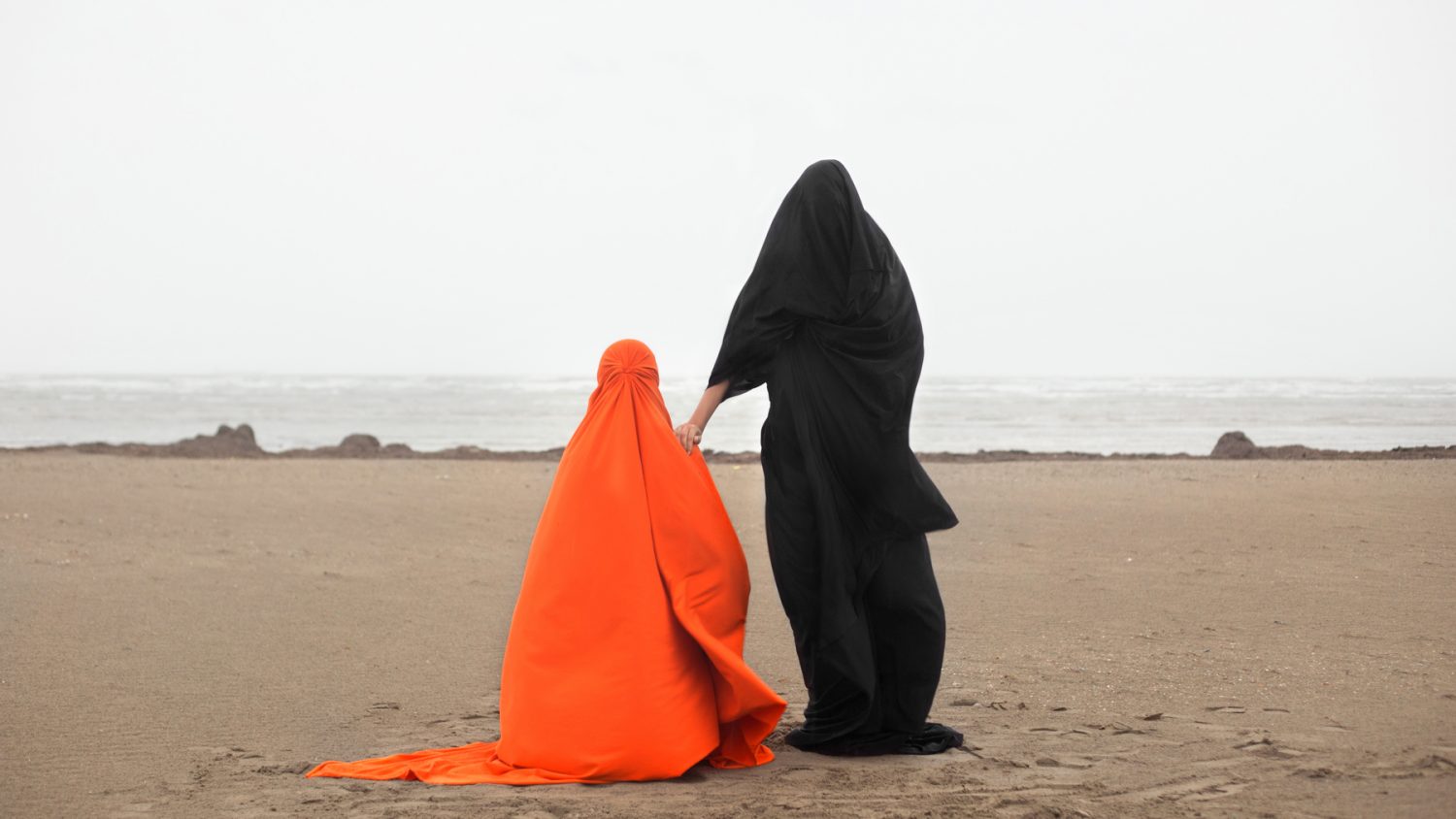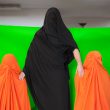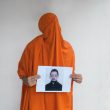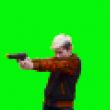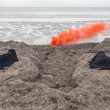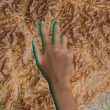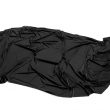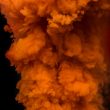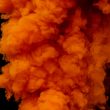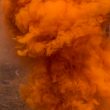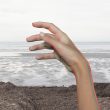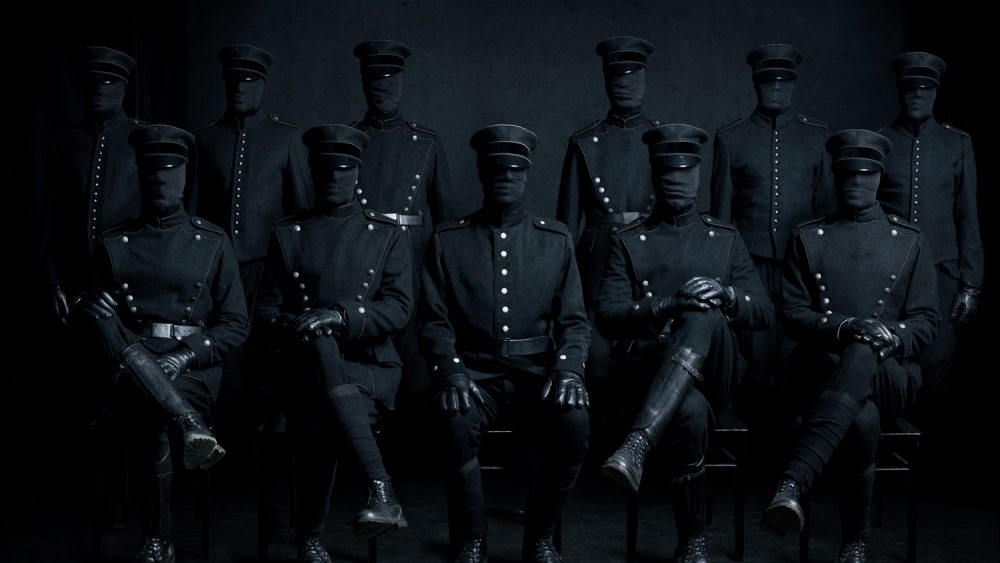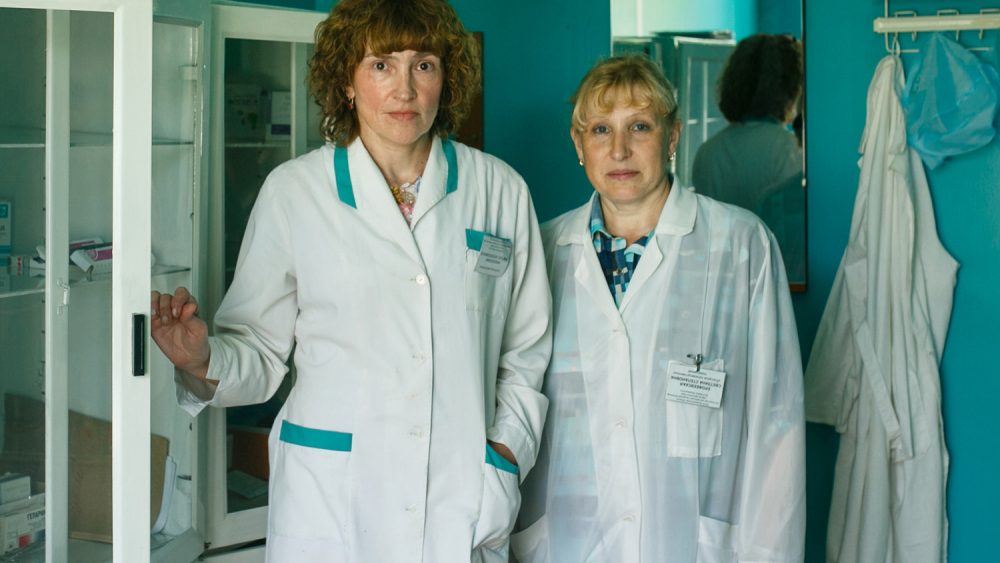Places
A terrorist organization, which, for the first time, has become a State. A particular State, with liquid borders that are constantly re-drawn by an invisible war. A State with a heterogeneous population of both western and eastern people that have been educated in the best universities of the rich West, but, at the same time, are exotic to the rest of the World. A State with a Government that is constantly torn between revolution and reaction, ethics and perversion. This is ISIS, the mysterious Islamic State, which until now has spread globally almost solely through images.
Today, the harsh photos of ISIS’ beheadings are shown to the incredulous West, which is at the same time a censor and morbid voyeur. How much truth is there in these images and in ISIS? How can we believe in something that shows itself only through still-frames and videos that are too outrageous even for a world that is already visually dominated by violence? Are ISIS’ backstage and truthfulness Photography’s last chance to demand some kind of authenticity?
In general, Places aims to ponder on the power of images, on their violence and their ability to tell the truth. It is a women’s project; women who, after all, could have never managed to be press photographers on the premises. Places does not aim to narrate what actually happens and
has happened. It is a way to let spectators put their heads under the theatre’s curtains for a few seconds.
Places also focuses on specific aspects of the ISIS’ communicative methods.
First, there are the colours. For ISIS, a colour seems to be enough to define a good or a bad man. When it comes to the beheading, which is now an icon of ISIS, how do we understand who are the characters on the scene? As far as we know, they are two unidentified persons, who are dressed in the clothes of different colours and who have two very particular roles: those of a victim and an executioner. Therefore, it is not important to see their faces. In Guantanamo and now in the Middle East, the orange and the black have become ingredients of an explosive cocktail.
Then, there is technology. ISIS’ visual communication has been studied for computers and smartphones. These devices have been designed to work thanks to a “technological gestural expressiveness” and to force users to physically interact with trackpads and screens, creating infinite tangible landscapes.
Nowadays, even a terrorist organization has to deal with the potential paradoxes of technology and the internet; sometimes, the technological unconscious has turned against the fighters, who, for instance, have forgotten to turn off the geo-localizer during warfare.
Last but not least, cinema. ISIS is, above all, a show. The obvious use of special effects in ISIS’ videos make the audience alienated, as it would be when watching American action movies. Because of these effects, spectators do not feel sympathetic towards the victims anymore, but they almost tend to
glorify the hero, the key player dressed in black, who shows his virtues and presents himself as an athletic, fearless warrior. The frantic pace of ISIS’ videos is just another proof of the influence that action movies have had on this iconography.
All this is what Places is about, a trip to the Islamic State, without taking a step out of your home.
ElementWo is an Italian photographic duo formed in 2014 by Sharon Ritossa and Alba Dawn Zari. Their newly released book can be purchased online.
